
Hurricane Motorsports 427-powered Cobra
By Jim Youngs
Photos by Steve Temple
While most folks don’t look forward to a tempest, we certainly welcomed the return of Hurricane Motorsports. That’s because the original Hurricane Motorsports of Lee’s Summit, Missouri, was generally considered a quality manufacturer of Cobra replicas, offering a well-built 427 roadster with all-new components. Near as we can determine, the firm sold something like 122 cars in either kit or turnkey form.
A downturn in the economy apparently took its toll on this small company, and it was put up for sale. Along came Mike McLaughlin’s Scranton Manufacturing Company, an Iowa firm specializing in trash collection equipment and mobile veterinary clinics, to purchase the company and put it back on its tires.
At first glance it may seem like an odd marriage, but one of Scranton’s divisions actually produces custom fiberglass coaches and the firm as a whole is heavily involved in the automotive industry. The company has several decades of manufacturing experience; the principals bring considerable enthusiasm and energy to the hobby, not to mention obvious car-building skills.
The company demonstrator, shown here, has been driven extensively at various events, along with tracking it on several road courses. But what goes into making it both a capable and comfortable performer?
Starting with foundation, the platform on which the Hurricane is built is a 2- by 3-inch rectangular steel tube, ladder-style chassis with dropped steel floor pans and foot boxes for added legroom. Even the steel cowl support was widened for added cockpit space. The frame additionally includes driveshaft safety hoops.
The front suspension is an A-arm, coilover setup with Wilwood disc brakes, while the rear sports a Ford 9-inch live axle positioned with a four-link design, QA-1 coilover shocks and Wilwoods as well.
If you’re going to paint a car black you better have your body prep skills down to a science. The 2010 Shelby Mustang Black turned out to be a great color for a demonstrator as the paint is flawless with nary a ripple anywhere to be found and it shows off the very straight body. The stripes are Titanium Silver.
Hurricane even coated the undersides of the fiberglass body components with Vortex bedliner coating for easy cleanup and a smooth appearance. The company appreciates period-correct touches too, as shown by the inclusion of white gelcoated fiberglass foot boxes, dash supports on the center console, riveted hood scoop, optional Girling hydraulic reservoir cans, chrome roll bar and quick jacks.
Even though the other shop car ran on authentic 15-inch pin-drive wheels from Vintage Wheels, shod with fat Goodyear Eagles, those rims have been replaced on this version with Budnik polished alloys for a more contemporary flair. The meats are Nitto NT 01 performance tires for extra grip.
That’s needed because the engine (lifted from the other shop car) lives up to the Hurricane moniker, producing a whirlwind of 560 horses. “It’s a beast, for sure,” notes Hurricane’s Steve Sinnard.
The Cobra’s hot mill is a stroked Smeding Cobra Special 427 (see sidebar for details). The exhaust consists of custom large-tube headers feeding into 3-inch I.D. side pipes, all ceramic coated. As a nod to the originals, a mechanical throttle linkage was built. The engine is backed by a Tremec TKO 600 five-speed transmission, McLeod aluminum flywheel and McLeod racing hydraulic clutch.
As you check out these photos, lots of nice little details show great attention and craftsmanship. The cockpit treatment is both old and new, with a carbon fiber dash overlay and fatter steering wheel, and otherwise upholstered in a conservative gray color with black carpeting. Hurricane uses Cobra-brand bucket seats imported from Britain, and also offers a Moto-Lita wood-rim steering wheel and AutoMeter classic-style instruments. The throttle, brake and clutch pedals are floor mounted and the cockpit benefits from a fresh-air duct system. Period-correct four-point harnesses are also installed — just the thing you need to stay put in a perfect storm of performance.
LIGHT HEAVYWEIGHT
Punching it with Smeding’s Cobra Special 427
By Steve Temple
As much as we like the look of a big-block V8, there’s one drawback: poundage. This mass of metal can weigh as much as 140 pounds more than a typical small block. And seasoned driving enthusiasts worth their salt know that this lump seriously impacts the power-to-weight ratio, not to mention handling. Changing this equation by reducing excess heft means increased quickness for the same amount of power. Why work harder when you can work smarter?
Sure, you could go with aluminum heads and block, but that creates another quandary: higher cost. It makes good sense to stick with a more affordable and lighter cast iron small block, and squeeze out as many cubes as possible.
That’s exactly what Smeding Performance has done with its 427 Cobra Special, which costs less than $11,000 (far less than many big blocks). By staying light on its feet, the company has built up a cost-effective, lightning-quick counterpuncher. This high-power, stroked 351 Windsor belts out a wicked 560 horses, and 560 lb-ft of torque.
More important than the peak numbers, though, is the width of the powerband. “The torque range is what’s really awesome,” notes Ben Smeding. “Torque at lower rpms is what gets the vehicle moving, and it’s what you need when you have taller gears or an overdrive transmission.”
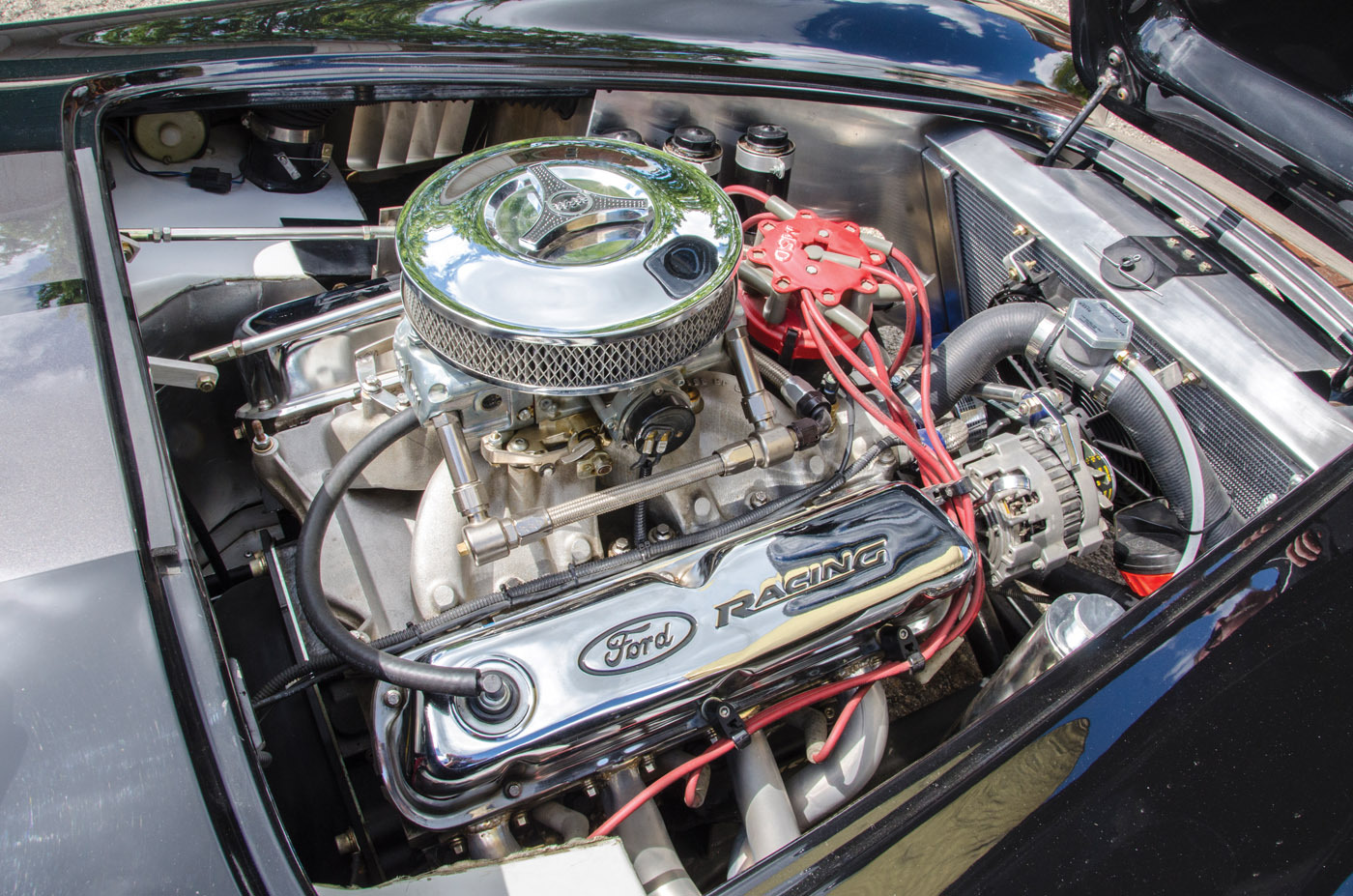
Smeding specializes in building stroker motors because this type of engine makes loads of torque at low rpms, while still being a smooth and tractable package, running on 91-octane pump gas.
It’s based on a Dart race block outfitted with AFR 205 heads. The internals are all precisely balanced, and consist of a 4.00 Scat crank, Diamond flat-top pistons, Scat forged H-beam rods, and Scorpion 1.6:1 roller rockers. The block is topped off with an Edelbrock Victor Junior single-plane manifold and Quick Fuel 750 cfm double-pumper carburetor.
Besides increasing the stroke of the crankshaft to increase displacement, Smeding employed several other precision techniques to reduce weight, increase strength and improve combustion efficiency. In addition, by tightening the internal tolerances, he was able to reduce the oil flow by as much as 50 percent, which in turn allows running a standard-volume pump. With less oil sloshing around, Smeding says he gains as much as 30 horses. And that’s all simply due to minimizing friction losses. After all, it’s just good sense to recapture power that’s otherwise being sacrificed to resistance in the rotating assembly, rather than trying to make more horsepower.
The bottom line is that the Smeding offers big-block numbers in small-block packages, either Ford or Chevy, that are both lighter and less expensive, and spin more freely. All of which means these stroked small blocks pack the punch of a heavyweight.

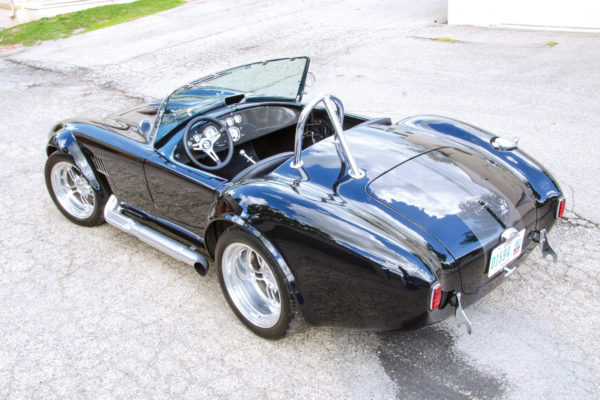
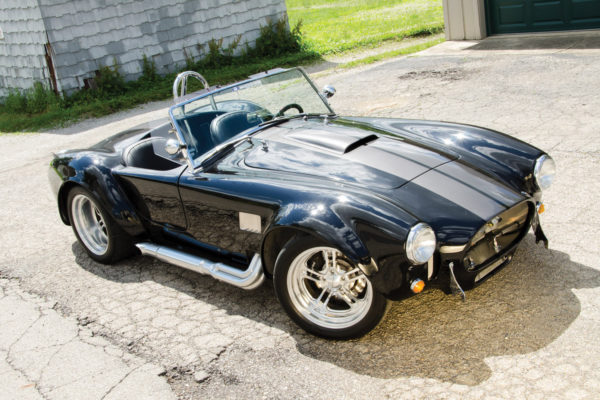
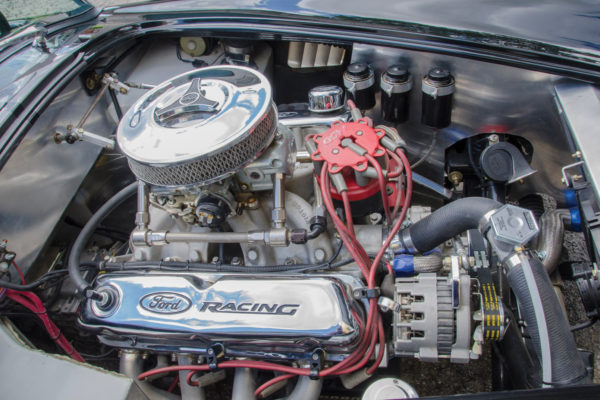
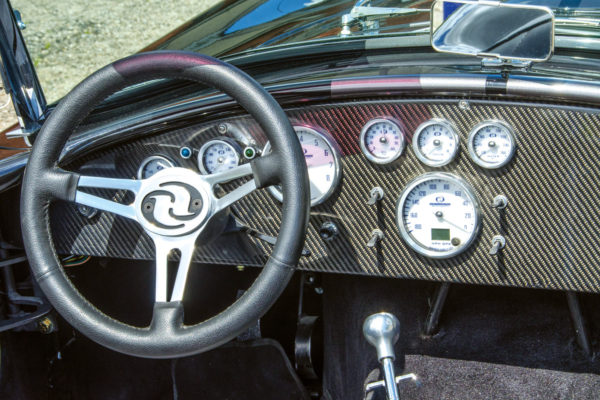
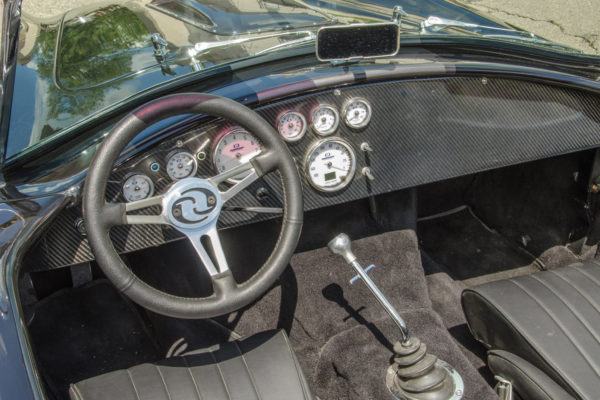
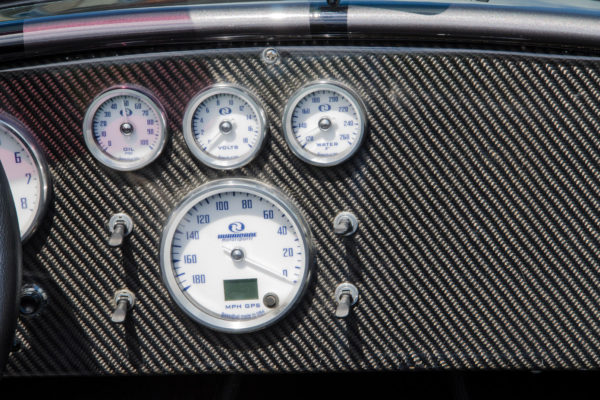
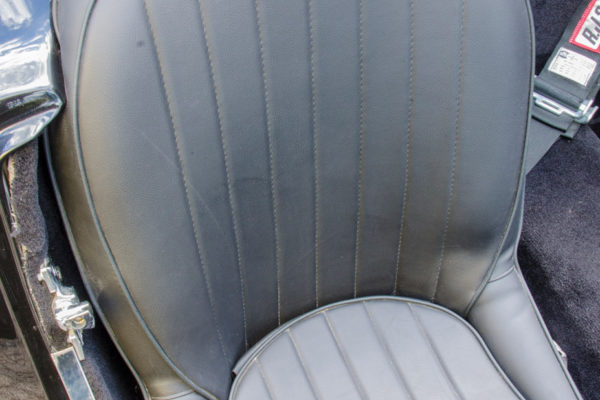
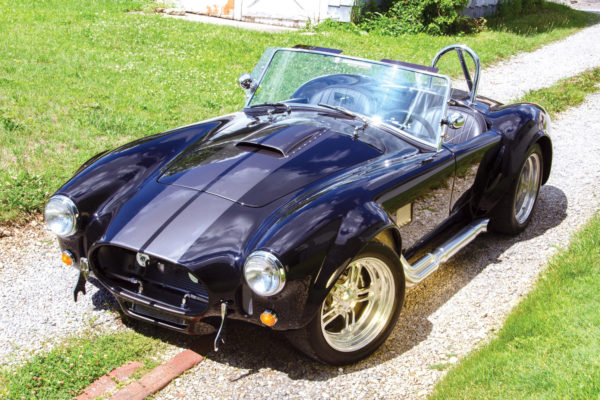
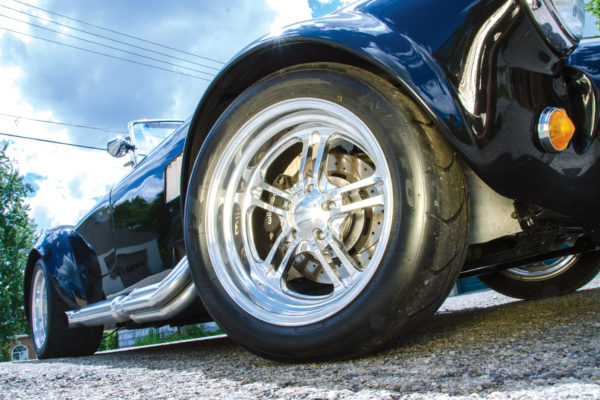
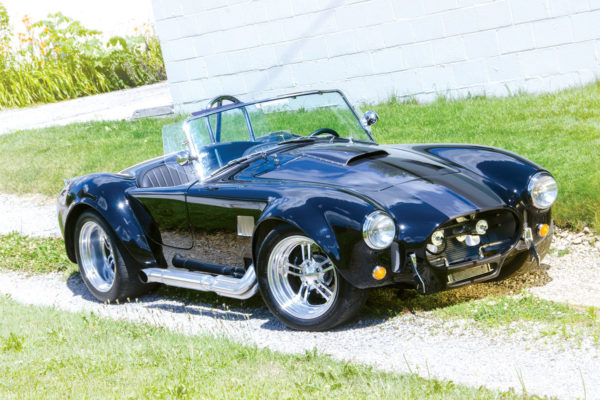
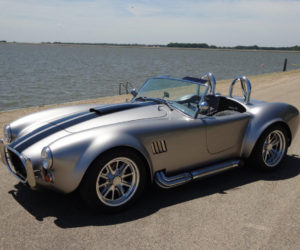
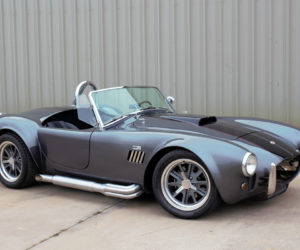
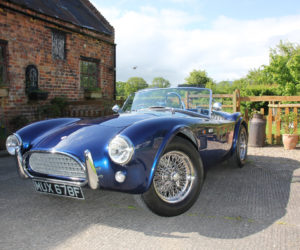
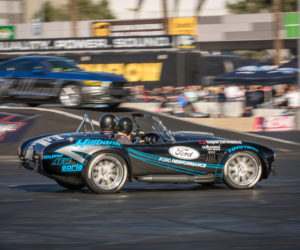
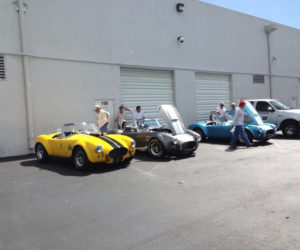
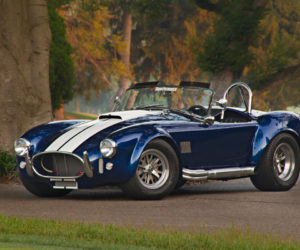




Comments for: Storm Warning
comments powered by Disqus